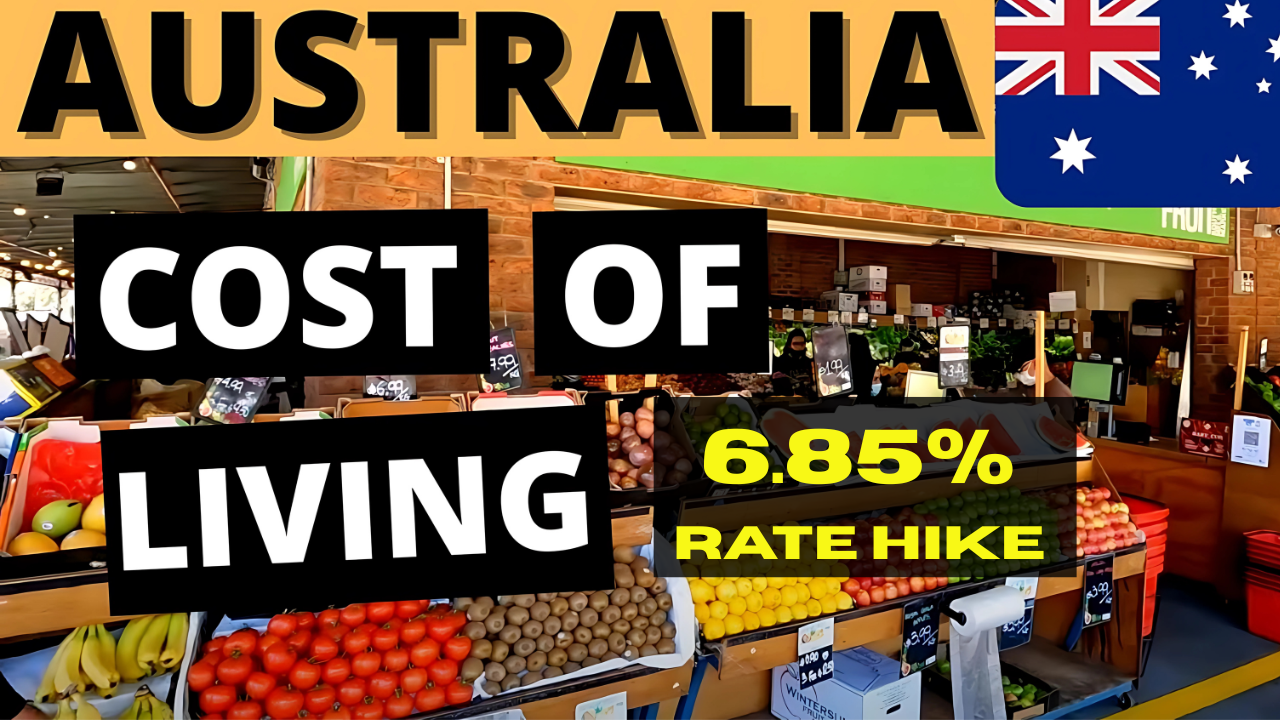As Australia grapples with persistent inflation and rising living costs, residents of Perth are facing a new financial challenge: significant increases in local council rates. Despite widespread concern about the cost of living, most metropolitan councils are preparing to implement annual rate hikes between 3.5% and 4.5% for the upcoming financial year, with some, like the City of Canning, proposing rises as high as 6.85%1. This article explores the reasons behind these increases, the impact on residents, and how local governments are responding to community needs.
Why Are Perth Councils Increasing Rates?
Local governments in Western Australia are required to balance their budgets while delivering essential services, maintaining infrastructure, and investing in community amenities. The Western Australian Local Government Association (WALGA) points out that each council has unique financial needs based on factors like population growth, geographical size, and the condition of local assets.
Cost Pressures and the Local Government Consumer Index
To determine how much rates should increase, councils rely on the Local Government Consumer Index (LGCI). This index tracks price changes in goods and services that local governments typically purchase. According to WALGA, industry costs rose by 3.2% last year, and this figure is expected to grow even higher in the coming months1. The LGCI provides a benchmark for councils to set rates that cover rising operational costs without causing “bill shock” for residents.
“Local Governments across Western Australia all have different expenditure profiles, based on their geographical size, communities and assets and it is important local governments take into account their own circumstances when considering cost pressures,” a WALGA spokesperson said.
How Different Councils Are Responding
City of Canning: Highest Proposed Hike
The City of Canning, traditionally one of Perth’s most affordable councils for rates, is facing the steepest proposed increase at 6.85%. Mayor Patrick Hall acknowledges the financial burden but emphasizes the need for sustainable investment in parks, playgrounds, and other amenities to support a growing population.
City of Nedlands: Investing in Technology
In the City of Nedlands, a 4.8% rate rise is partly attributed to a major IT upgrade of the city’s software and network infrastructure, accounting for about 2% of the increase. The rest is needed to keep pace with the LGCI and maintain existing services.
City of Rockingham: Supporting Vulnerable Residents
The City of Rockingham is also increasing rates but has introduced interest-free bill smoothing for residents who may struggle with higher payments. This initiative allows locals to pay their rates in weekly instalments without additional charges—a service that most other councils charge at least 5.5% for
Impact on Residents
For many Perth homeowners, the rate hikes come at a difficult time. With household budgets already stretched by inflation, higher council rates add another layer of financial pressure. While councils argue that the increases are necessary to maintain and improve local services, residents are left to manage the additional costs.
Balancing Community Needs and Financial Realities
Councils face the challenge of meeting rising community expectations while keeping rates affordable. As populations grow, so do demands for better parks, roads, and public amenities. Councils must invest in these areas to ensure a high quality of life for residents, but this comes at a cost.
How Councils Justify the Increases
Councils cite several reasons for the rate hikes:
-
Rising Operational Costs: The cost of goods and services used by councils continues to increase, driven by inflation and supply chain issues.
-
Asset Maintenance: Aging infrastructure requires ongoing investment to remain safe and functional.
-
Population Growth: More residents mean greater demand for services and amenities.
-
Community Expectations: Residents expect high-quality services and well-maintained public spaces.
Specifications Table: Perth Council Rate Increases (2025-26)
| Council Name | Proposed Rate Increase | Key Reasons for Increase |
|---|---|---|
| City of Canning | 6.85% | Population growth, new amenities |
| City of Nedlands | 4.8% | IT upgrades, LGCI |
| City of Rockingham | To be confirmed | LGCI, interest-free bill smoothing |
| City of Perth | 3.1% | Lower reliance on residential rates |
Human Touch: Voices from the Community
Behind the numbers and policy decisions are real people—homeowners, families, and retirees—who feel the pinch of every rate increase. For some, higher rates mean cutting back on discretionary spending; for others, it’s a source of anxiety about making ends meet.
Local councils are aware of these concerns and are trying to find ways to ease the burden. Initiatives like interest-free payment plans and targeted community support are steps in the right direction, but for many, the reality remains challenging.
Looking Ahead
As the new financial year approaches, Perth residents are urged to review their council communications and budget for the upcoming rate changes. Councils, for their part, are committed to transparency and community engagement, ensuring that residents understand where their money is going and why these increases are necessary.
Short FAQs
Why are Perth council rates increasing?
Council rates are rising to cover higher operational costs, maintain infrastructure, and meet growing community needs.
Which council has the highest proposed rate increase?
The City of Canning is proposing the highest increase at 6.85% for 2025-26.
Are there any payment options for those struggling with rate increases?
Some councils, like the City of Rockingham, offer interest-free bill smoothing to help residents manage payments.
Perth’s local councils are navigating a delicate balance between rising costs and community expectations. While rate hikes are never welcome, they reflect the reality of maintaining and improving the services and amenities that make Perth a great place to live. By staying informed and engaged, residents can better understand the reasons behind these changes and advocate for their needs within their local communities.

